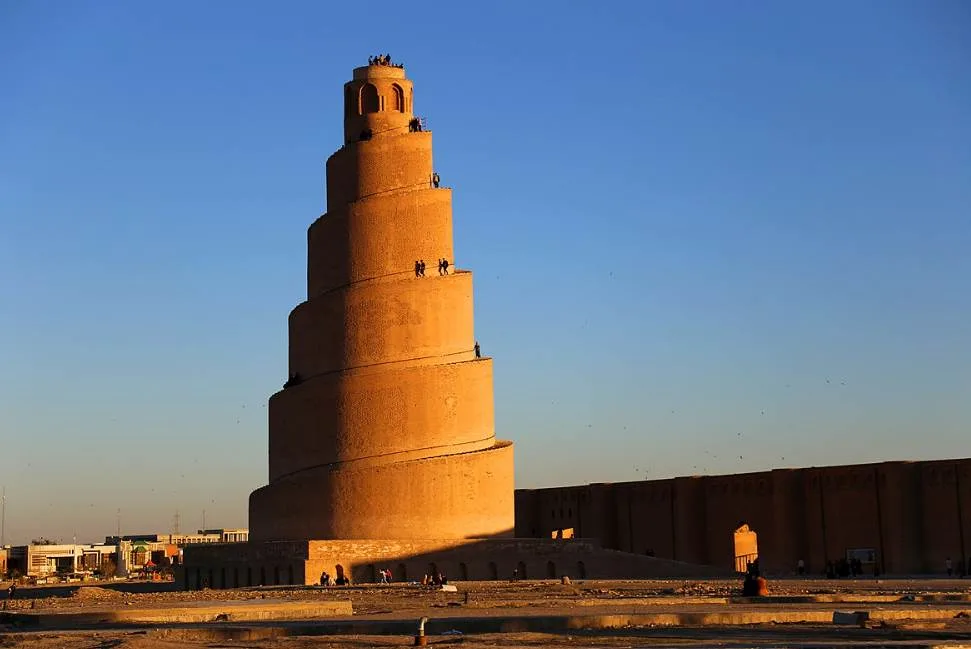There are few greater mosques in the world than this immense Islamic building. It is, however, one of its external features that makes this building so iconic.
This mosque in Samarra, Iraq is one of the greatest structures in the Islamic world and has a history that dates back to the 9th century.
Let’s take a closer look at some of the most interesting facts about the Great Mosque of Samarra, a building in Iraq that has some remarkable stories to tell.
1. It’s located in a historic city in the heart of Iraq
The Great Mosque of Samarra is one of the most fascinating landmarks in Samarra, a city in Iraq that is located about 125 kilometers (78 miles) north of Baghdad.
The city has a population of about 350,000 inhabitants today and the area where it’s located has a history that goes back to the 6th millennium B.C.
Many cultures have lived in this area, mainly because of the fact that it’s situated on the banks of the Tigris River.
The modern-day city was founded in the year 836 by the man who reigned here at the time, Abbasid Caliph Al-Mu’tasim (796-842).
The mosque was constructed in what is today the northern section of the city.
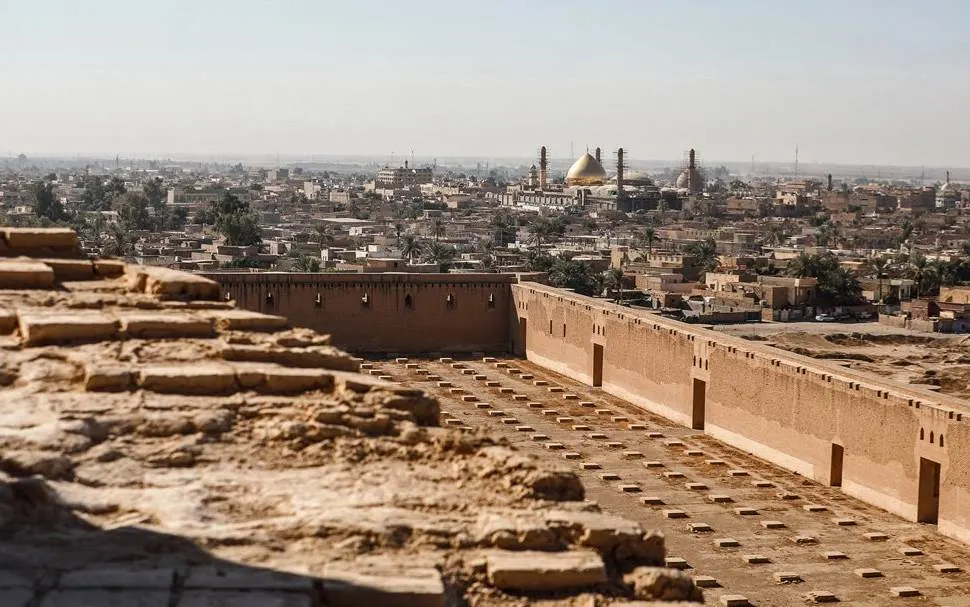
2. It was commissioned by the ruler of the third caliphate in 848
The man who founded the city of Samarra was the 8th Caliph of the Abbasid Caliphate. This was the third caliphate in history and it was founded by descendants of the Islamic prophet Muhammad’s uncle.

This uncle was named Abbas ibn Abdul-Muttalib (566–653) and the caliphate was named after him.
The huge mosque in Samarra was commissioned by the 10th caliph of this caliphate, a man that went by the name of Al-Mutawakkil (822-866).
The Great Mosque of Samarra is officially known as “The Congregational Mosque in Samarra” and it was constructed between 848 and 851).
Unfortunately, the caliph was assassinated in 861 and this resulted in a decade-long period of conflict within the Abbasid Caliphate, including a civil war.
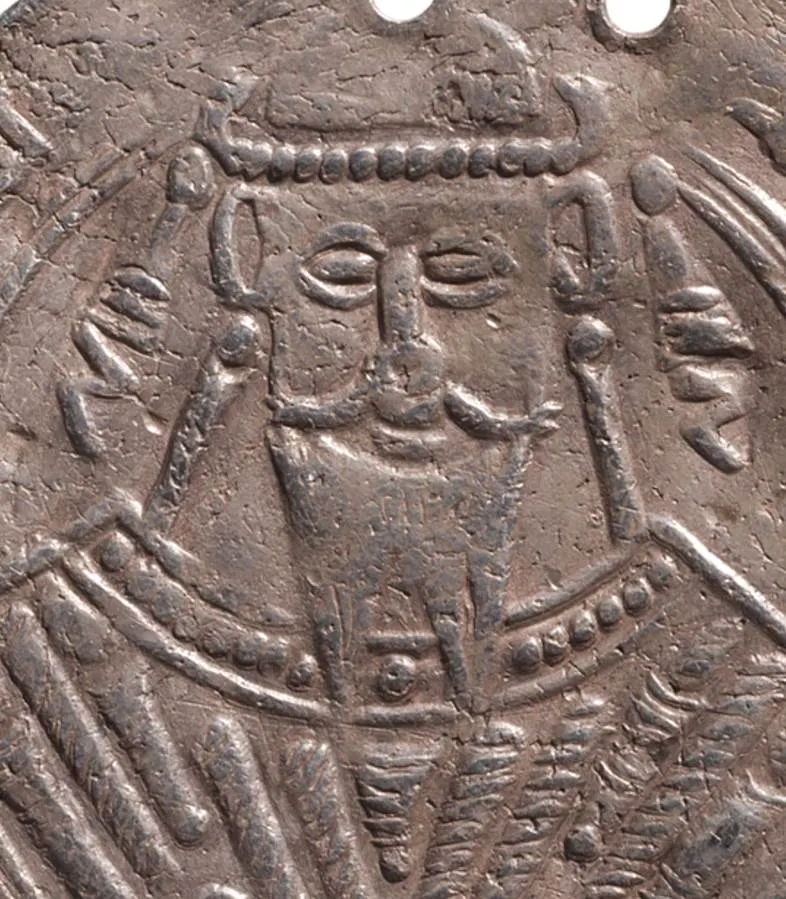
3. It was the largest mosque in the world upon completion in the 9th century
Caliph Al-Mutawakkil didn’t mess around when it came to the project. His mosque in Samarra was constructed on a massive scale.
The entire compound is surrounded by a huge brick wall that incorporates 44 semi-circular towers. These very much look like the fortifications of medieval castles.
The mosque itself featured a huge courtyard that is surrounded by covered aisles on all sides. 16 entrances provide access to the interior of the complex.
The entire courtyard featured a brick roof, 11 meters (36 feet) high, which was supported by 464 pillars.
Although the interior of the mosque was rather dull, it was the largest mosque in the world upon completion.

4. The mosque was destroyed in the 13th century during a Mongol invasion
So what happened to the Great Mosque of Samarra? Today, only the exterior wall of the complex and its minaret still stand.
As you can see from the image below, the once covered courtyard features nothing more than the foundation of the 464 pillars that once supported the ceiling.
The mosque was largely destroyed in the year 1278 by a Mongol invasion of Iraq. This was led by Hulagu Khan (1217-1265), a Mongol ruler and the grandson of the infamous Ghengis Khan (1162-1227).
Hulagu Khan merely continued the expansion of the Mongol Empire by conquering large portions of Western Asia, including Samarra.
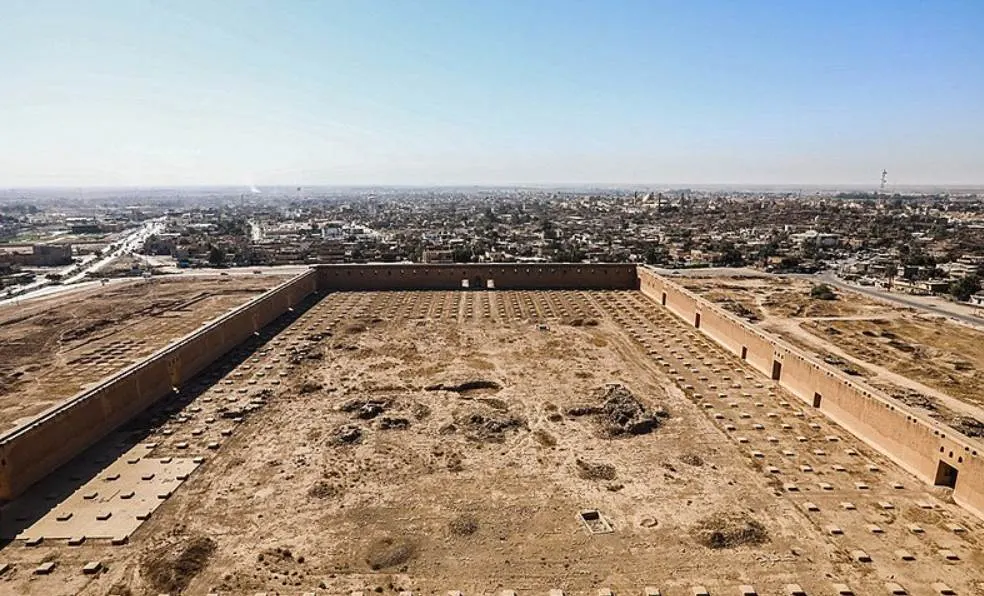
5. The most stunning feature of the mosque is its spiraling minaret
Although the mosque itself is notable for being the largest mosque in the world upon completion, this isn’t what made it world-famous.
The most fascinating feature of the mosque is the minaret located just outside of it. This spiraling structure dominates the surrounding landscape.
This free-standing building has a base width of 33 meters (108 feet) and it reaches a height of 52 meters (171 feet).
Although it survived the Mongol invasion of Iraq, it was partially destroyed during the War in Iraq of 2005 but it was restored to its former glory shortly after.
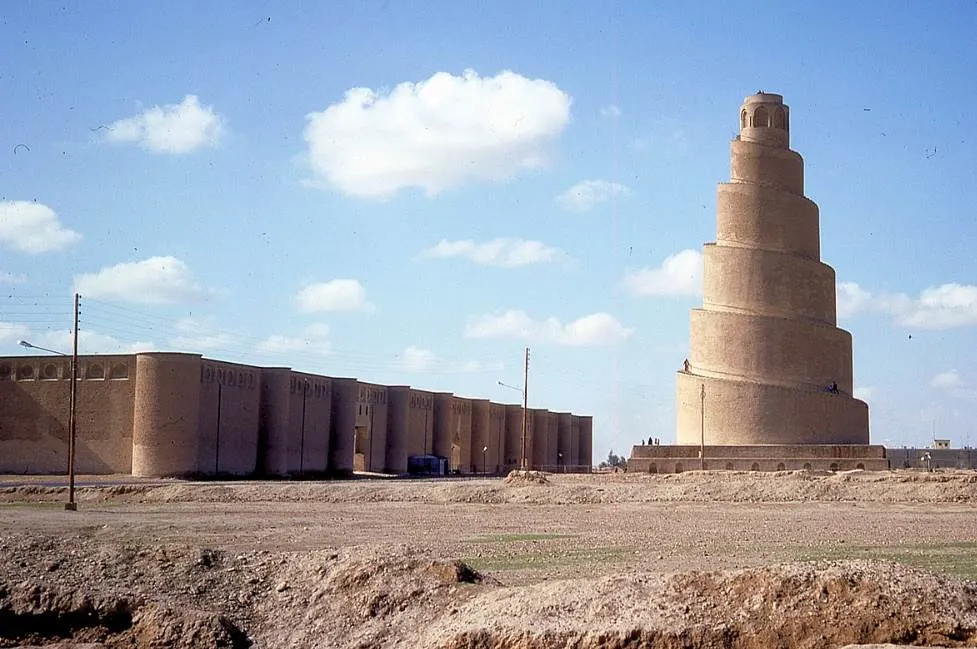
6. The spiraling design was derived from famous Mesopotamian structures
What’s amazing about this minaret is that the spiraling ramp on its exterior features a staircase that allows you to travel all the way to the top.
This spiraling design was unique in the Islamic world at the time and was probably derived from Mesopotamian architecture.
The resemblance between this spiraling ramp and the ramps that were constructed to access ziggurats such as the Great Ziggurat of Ur is strikingly similar.
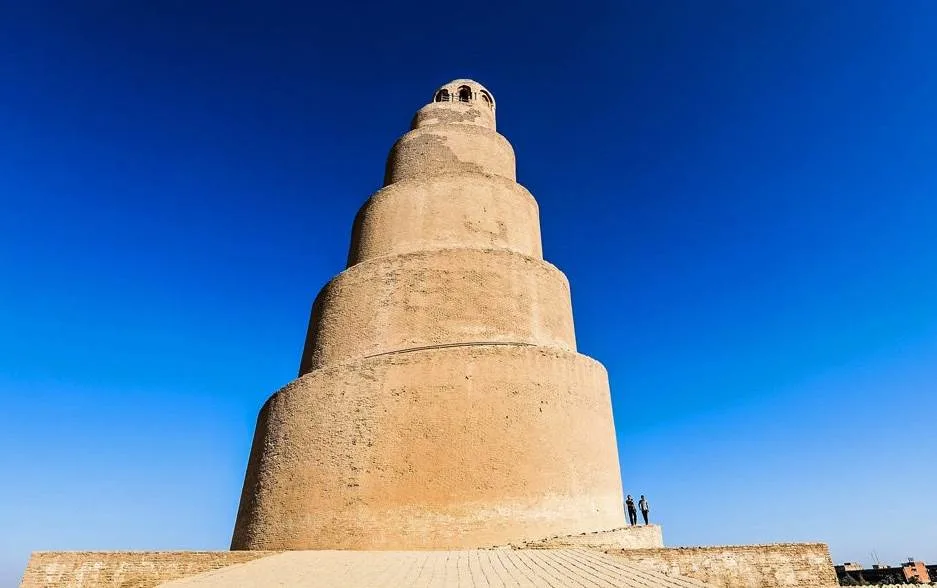
7. The minaret inspired a famous building on a popular square in Dallas
The design of the Great Mosque of Samarra and its original decorations were highly influential to future Islamic buildings that were constructed.
The Mosque of Ibn Tulun, an amazing building in Egypt and the oldest mosque in the country, was inspired by the mosque in Samarra.
The minaret of the mosque also inspired modern structures, including a landmark in Dallas known as the “Chapel of Thanksgiving” on Thanks-Giving Square.
This structure was designed by renowned American architect Philip Johnson (1906-2005), a man who designed some of the most famous postmodern Buildings in the world.
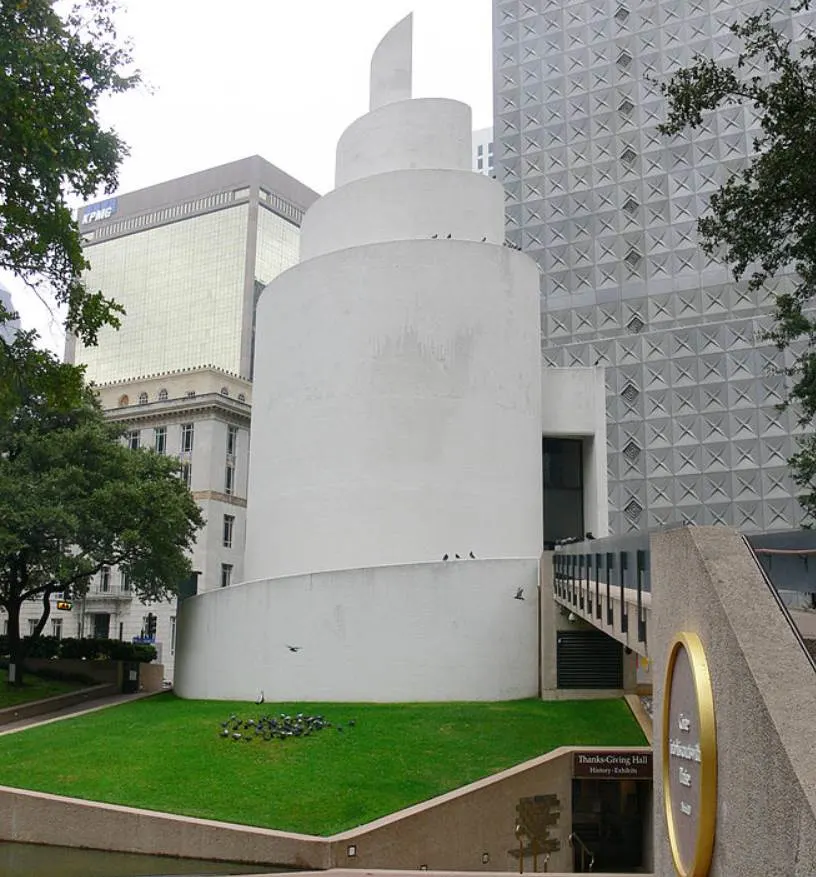
8. The mosque and its surroundings are part of a huge UNESCO World Heritage site
Samarra was the capital of the Abbasid Caliphate and it’s one of the only major Islamic cities that has retained its original plan.
This provides a wealth of information for archaeologists and the entire mosque and its surroundings were transformed into an archaeological site called “Samarra Archaeological City.”
This site covers a total area of 15,058 hectares (37,210 acres). It was designated a UNESCO World Heritage site in 2007 due to the unique architectural features that were developed here.
